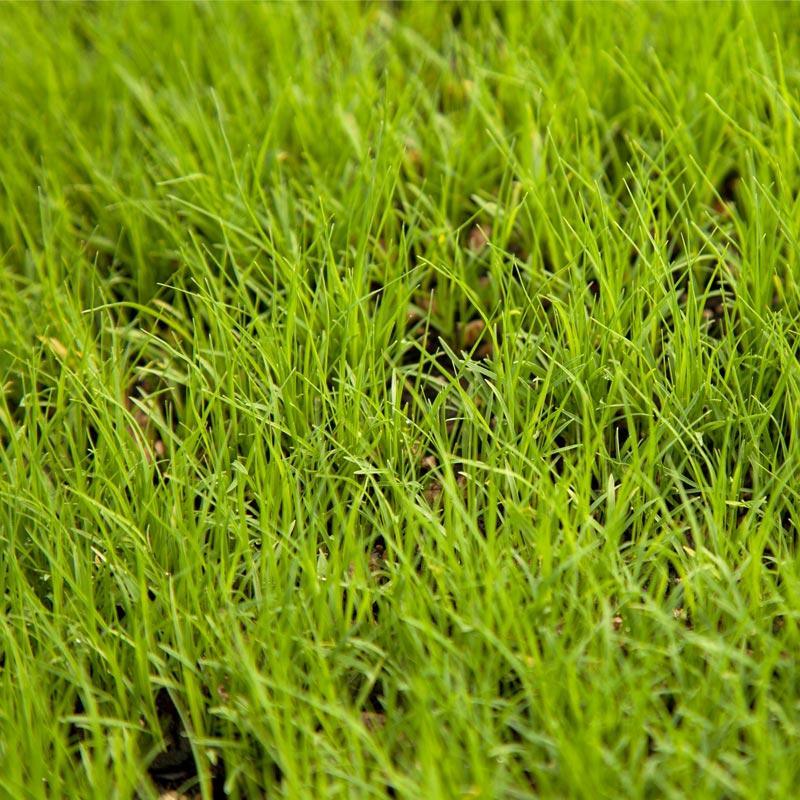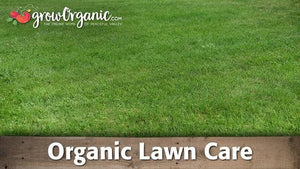Item Number: SCG015
Buffalo Grass Seed (lb)
Drought Tolerant Lawn or Pasture Seed
Buffalo grass is a native warm season grass ideal for the Great Plains and other arid regions with as little as 12 inches of annual rainfall. Known for being drought tolerant, fine leafed, and low-maintenance, this sod-forming, turf type, warm season turf is perfect for eco-friendly lawns, meadows, and erosion control.
Key Features
- Native grass seed with accelerated establishment and superior turf
- Thrives in full sun (at least 6–8 hours daily)
- Tolerates poor soils, cold winters, and moderate foot traffic
- Turns dormant brown in cooler months; interplant with Blue Wildrye for winter color
- Performs well in sandy soils and erosion-prone areas
Seeding and Growth Information
- Recommended seedling rates:
- Lawns: 3–4 lbs per 1,000 square feet
- Pasture: 8–10 lbs per acre
- Germinates in 7–30 days with adequate moisture
- Matures in 3–4 months, reaching ~5 inches tall
- Spreads via seed and surface runners that root along the ground
Planting Guidelines
- Best planted in summer when soil temps exceed 60°F
- Requires consistent watering during establishment; reduce once turf is established
- Avoid pre emergent herbicide before or during planting
- Tolerates a wide range of soil conditions, including sandy soils
Applications and Benefits
- Ideal for grass seeds buffalo needs in low-water landscapes
- Excellent lawn grass solution for dry climates
- Palatable for grazing livestock (except during dormancy); tolerates close grazing (1"–3")
- Adds organic matter and improves soil structure
- Naturally resistant to most pests and diseases when properly managed
Why Choose Buffalo Grass?
If you're seeking buffalo grass seed for sale that’s adapted to the Great Plains and beyond, this buffalo grass seed is a resilient, eco friendly option. Whether you're creating a sustainable lawn or restoring native grasslands, this grass seed is built for performance in tough conditions.
Explore more options in our full Native Grass Seed Collection to find the perfect fit for your region and project.
Check Your Zone Compatibility:
Compatible with your zone.
Growing Zone for

Our Guarantee To You
Since 1976, we've served our customers at every stage of growing. Please contact us at any time. We are happy to support and assist you.
Shipping Information
Shipping Information
Shipping Weight: 1.1 lb
Dimensions: 7.5"L x 7.0"W x 2.0"H
Features
Features
- Drought Tolerant
- Lawn Alternative
- Native
- Plant Spreads
- Somewhat Drought Tolerant
- Tolerates Mowing/Grazing
Characteristics
Characteristics
Use Instructions
Use Instructions
Useful Information
Useful Information
Guarantee
Guarantee
Share

Recommendation from a friend as easy to grow and maintain alternative to a sod lawn. Good grower in our soil and weather conditions. Higher price than other seed mixes.


